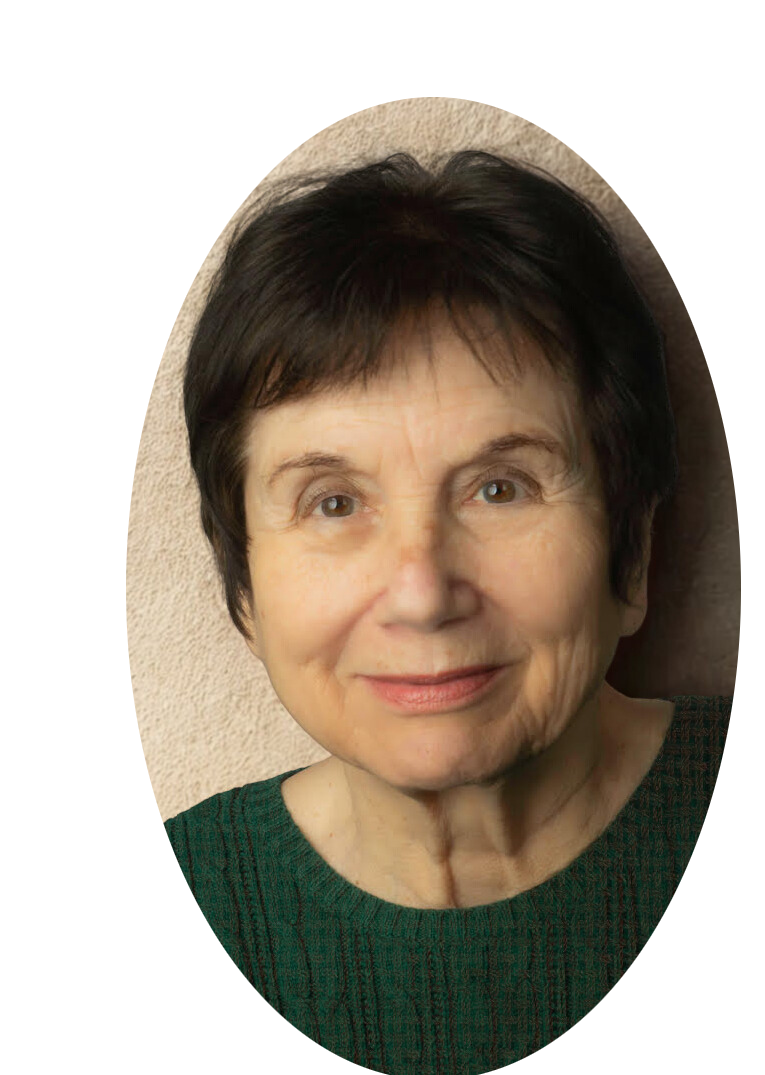Guided imagery and other methods that reach under the conscious thinking mind can be useful in your eating disorder recovery. People with eating disorders often have secrets from themselves. These are secrets about which they have little or no awareness.
Guilt, shame and severe self-criticism accompany most eating disorders. People believe they are doing something weak and wrong by abusing themselves with too much or not enough food, or by taking laxatives or vomiting, or by compulsively exercising to work off calories. They can be merciless in their self-punishing thoughts.
But eating disorders are not about food or being bad or deficient. Eating disorders are usually about trying to protect oneself from unbearable fear. This fear is so thorough and long standing that often people do not know they are afraid. Even knowledge of their fear can be a secret from themselves. The source of their fear and what their fear means is the secret (or is among several secrets) that trigger the eating disorder behavior.
Guided imagery, done gently and respectfully, can be very helpful during various phases eating disorder treatment.
I have used guided imagery for many years with clients who suffer from nameless and bewildering fear and emotional pain. Many are women struggling with various forms of bulimia. Going to a relaxed state and letting images from the unconscious come forth is a way a person can say what they cannot say, or even think, in the language of day to day conversation.
Being able to name our fears is the first and most important step in being able to resolve them. Rather than feel helpless in the grip of fear, we need to change our perspective so we can grasp what it is that frightens us. To do that we must find a way to articulate those fears.
Guided imagery allows complex feelings to emerge in an understandable and non-threatening way. At first, the specifics of the person's secrets remain protected. At the same time, the person can use a metaphoric language to name what has been nameless in their emotional lives.
For example, a woman may find herself in a lovely green meadow on a sunny day. She happily walks on a path that becomes rockier as she proceeds. She becomes increasingly anxious as the day gets darker. She approaches a forbidding, neglected old house.
With no interpretation at all the psychotherapist can stay with the person's experience. What the person feels and thinks in this imagery are feelings and thoughts she has in her daily life. But in her daily life they are not as precise and compact. And, most importantly, she does not examine her experience with a trusted and trustworthy knowledgeable companion.
At an early stage the woman can explore the meadow and the path where she feels happy and comfortable. Perhaps she can also look at where her path in life feels rocky and dark, if she's ready. More likely it will take some time before she can move with her fear to explore what the dark house holds for her. As she explores her imagery with her psychotherapist, she gains strength and confidence in her ability to stay present with her feelings. She can move through some unconscious prohibitions and bring awareness to the neglected structures within her.
Eating disorders serve the purpose of taking people away from their intolerable feelings. Through imagery work with a reliable and dependable psychotherapist, a client can develop more strength to tolerate her feelings. As she learns to trust and rely on more of her own inner resources she is able to come closer to a greater understanding of her underlying fears and her secrets.
The more she can know and remain present with her feelings, the less she needs her eating disorder as an escape. She learns to bear her own human experience. She also learns to have respect and compassion for her ability to rally her own strength to meet her fears.
Eventually meaning in her imagery will come forth. She will understand her surface happiness, her dark, hidden fears and the lonely, hard road she walks.
Over time she will also reap the benefits of experiencing the imagery itself. She learns relaxation methods while in an anxious state. She discovers that she can communicate and share with another human being while experiencing intense feelings.
As she gains compassion and respect for her courage in exploring her inner world, she decreases and finally stops her self-punishing thoughts. As she learns to remain present to herself and other people while she is in an intense emotional state, she increases her self-esteem. And as she faces and resolves her inner terrors she no longer needs to use her old eating disorder escape routes.
The road to recovery from eating disorders is complex. It requires patience, time, compassion and support as well as a deep appreciation of unconscious processes. Using guided imagery as part of the treatment can help create links between the client and her unarticulated inner experience that contributes to her eating disorders. Naming, understanding and integrating those links are the essence of recovery.


Add comment